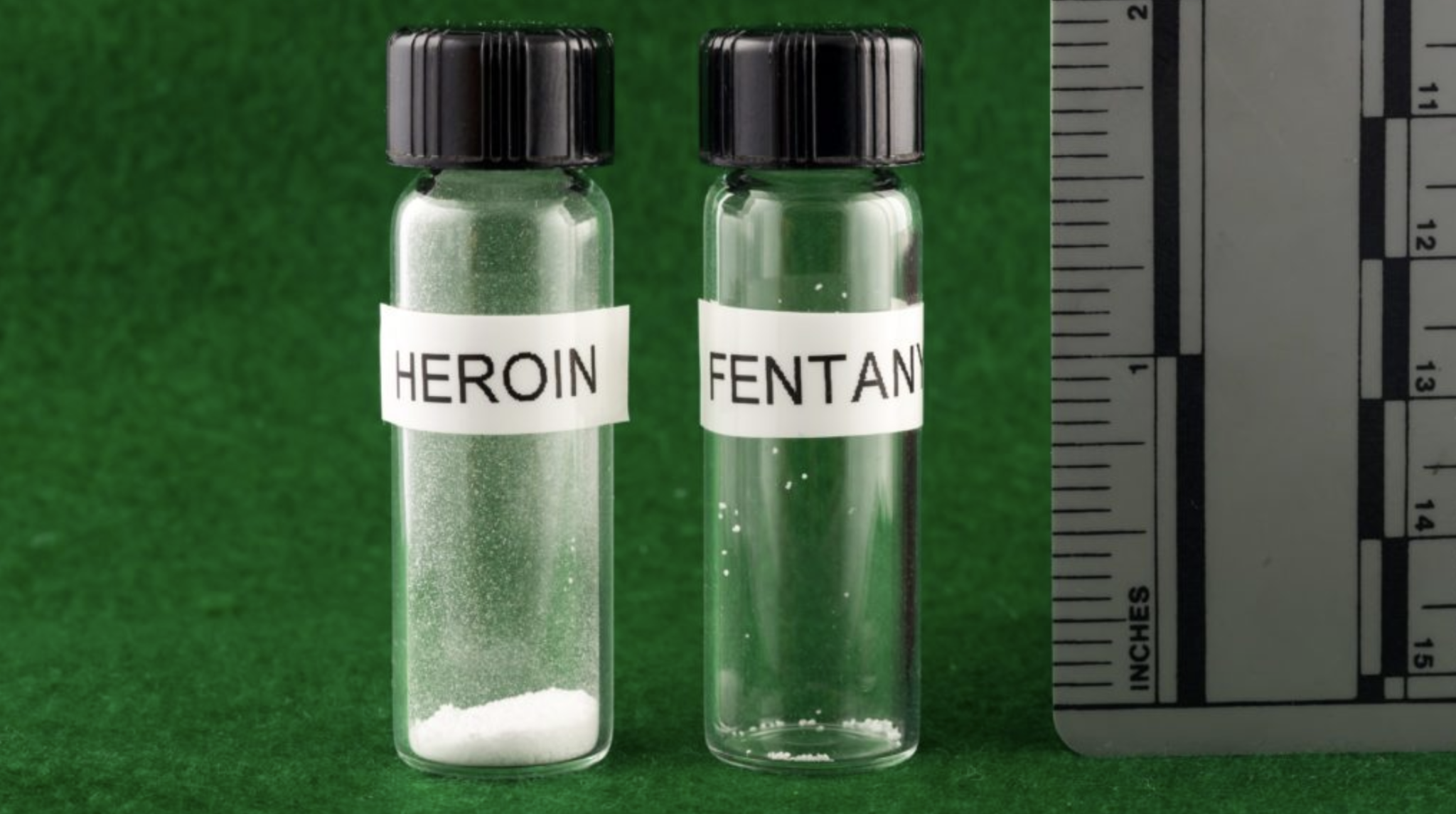More than 95,000 people died of overdose in the United States between January 2020 and January 2021, according to recently released data from the Centers for Disease Control and Prevention (CDC). The number reflects a record number of US annual overdose deaths.
This latest estimate of 95,200 annual overdose deaths represents about a 31 percent increase from the previous 12-month period of January 2019 to January 2020. It’s the biggest increase in a 12-month period since 2016.
Only three states saw overdose deaths decrease: New Hampshire, South Dakota and New Jersey. But New Jersey only lost 26 fewer people compared to the previous year, and the decreases in South Dakota and New Hampshire were even smaller.
Every other state and the District of Columbia saw their overdose fatalities rise. The most drastic increases were in Vermont (a 65 percent increase compared to the previous 12-month period), Kentucky (59 percent), South Carolina (54 percent), Louisiana (52 percent), West Virginia (52 percent) and California (50 percent).
There’s a major problem with this data: We can’t tell which deaths involved more than one substance.
The increases are overwhelmingly attributed to synthetic opioids like fentanyl. Fentanyl deaths in 2020 studied were over 21,300 deaths higher than in 2019. Deaths involving stimulants, meanwhile, are rising rapidly. Methamphetamine was linked to 8,400 more deaths than in the previous 12-month period; cocaine was linked to 3,500 more deaths.
Since 2014, overdose from heroin and prescription opioids have been slowly trending downward. But meth- and cocaine-involved deaths have been steadily trending up year after year. Fentanyl is increasingly prevalent in non-opioid substances, including meth and cocaine, and stimulants and opioids are being frequently combined—both intentionally and unintentionally.
Which brings us to a major problem that has long plagued this data: We can’t tell which deaths involved more than one substance, and what those other substances were. A death from fentanyl and heroin is categorized twice—as a fentanyl death and a heroin death. If 100 people die with fentanyl and heroin in their system, the CDC will count 100 deaths in total, but report that 100 people died from fentanyl and 100 died from heroin.
Without knowing how many people died from using, say, meth and fentanyl, we lack more detailed knowledge that can help us prevent overdose deaths. Many people who use meth, for instance, don’t necessarily think of themselves as opioid users, and aren’t prepared for fentanyl to be in their supply. A state with a high rate of deaths from meth cut with fentanyl would need to address that in a very different way than if the deaths were attributed to meth alone—which they can’t do if the data fail to represent those deaths accurately.
The numbers are provisional, meaning subject to change. This is because even though the CDC collects overdose death reports from all 50 states and the District of Columbia throughout the year, local governments don’t always provide complete data. Some totals are therefore updated at later dates if missing information is obtained.
Photograph via National Institute on Drug Abuse





Show Comments